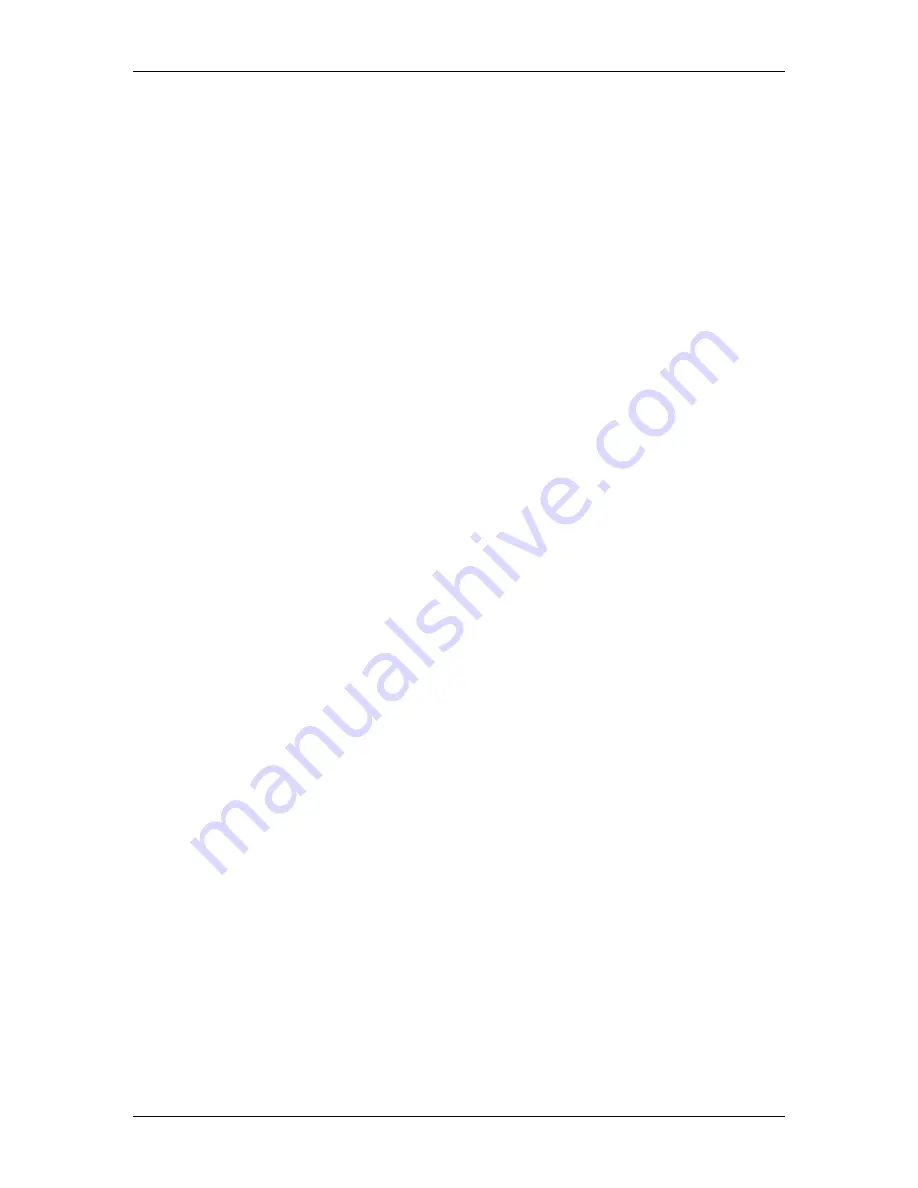
1
1
0
0
A
A
P
P
P
P
E
E
N
N
D
D
I
I
X
X
SIGMA Photo Pro User Guide
43
1
1
0
0
.
.
1
1
S
S
u
u
p
p
p
p
o
o
r
r
t
t
e
e
d
d
f
f
i
i
l
l
e
e
t
t
y
y
p
p
e
e
s
s
TIFF format
TIFF (Tagged Image File Format) images are high quality bitmapped images widely recognized by many
programs. This bitmapped file format is the industry standard, and images in this format are created without
color compression. Without compression, file size is large, but TIFFs are a good choice when you desire
high quality and uncompromised color.
8-bit versus 16-bit TIFFs
The number of bits per pixel in a bitmapped image represents the range of possible values that an image
can have. With a greater range of possible colors, images can be rendered with less banding and
posterization as bit-depth increases. Greater bit-depth directly correlates to file size, so a 16-bit TIFF
requires twice the memory as an 8-bit file.
Before choosing 16-bit files, check to see if your output device and color software support 16-bit TIFFs. If
you do not plan to do extensive color correction and compositing, 8-bit files may be sufficient for your
needs.
JPEG format
JPEG images are images which are compressed in file size for rapid loading via email or on the web, or for
hard disk storage efficiency. These files achieve this file size reduction through the compression of color.
You can control the amount of compression via a slider control in SIGMA Photo Pro when you save the
file. The more you compress the image, the more likely you will be to see banding and posterization in the
image.
JPEGs are a good choice for images which will be displayed on the web because the file size is small.
Without reducing resolution, images can be saved in a format which loads quickly on screen. For high
quality prints however, results may be compromised as the quality setting of the JPEG is lowered.
If you open and adjust a JPEG repeatedly using image processing software, it should also be noted that any
adverse effects of the compression are cumulative. That is to say, if you make changes, save, and close
several times, each time you save the JPEG, additional data is lost in the compression.
Deciding which format to use
JPEGs are a great way to make fast loading efficient files. If you are in the practice of saving your X3F
files, you can take advantage of JPEG compression for efficient web–email files. Later, you can use the
original X3F files to create high quality TIFFs should the need arise for high quality prints.
1
1
0
0
.
.
2
2
C
C
h
h
o
o
o
o
s
s
i
i
n
n
g
g
r
r
e
e
s
s
o
o
l
l
u
u
t
t
i
i
o
o
n
n
Choosing resolution
Resolution refers to how many pixels per inch an image contains. This directly affects how big an image
will be output on a printer or monitor. Because printers require more pixels per inch (typically 300 ppi or
greater), choose larger resolutions when shooting and processing images which will be printed. Because
monitors require less pixels per inch (typically 72 to 96 ppi), choose lower resolutions when shooting or
printing images which will be used exclusively for display on a monitor via email or the web.
When your image will be used for both print and monitor display, shoot and process the image at a high
resolution for the print version. For the email–web version, you can use image processing software to save
an additional copy from the processed file, and resample the copy to a smaller size by reducing the
resolution. In general, software designed to resample (change resolution) works best when reducing
resolution (downsampling). Resampling to a higher resolution (upsampling) is possible, but the results are
not as crisp. Whenever you need to upsample, it is recommended that you re-process your X3F file using
the highest resolution options.



















